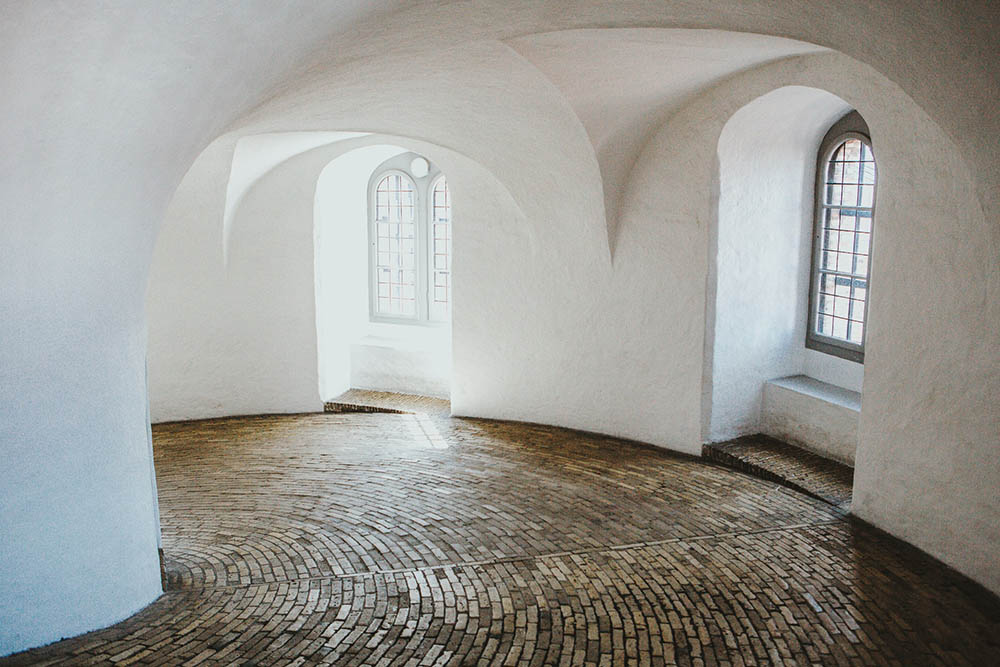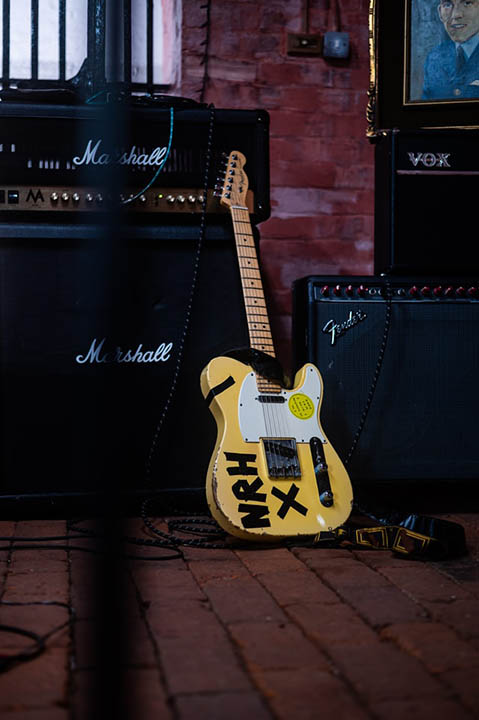Brick Flooring – Pros, Cons, Types, and Installation Guide
-
Ed Malaker
- Last updated:

Current trends show a return to rustic aesthetics. Many people are choosing to install brick flooring because of its attractive appearance and extreme durability. If you are thinking about getting on the bandwagon but would like to learn more about the pros and cons before you decide, you’ve come to the right place. Here, we look at the different types of brick flooring and the pros and cons of installing it. We also go over what a typical installation entails.
Brick Types
Most of us have seen many brick buildings in our lifetime, as well as roads and driveways that use brick. However, brick floors in a house are not quite as common, so it makes sense that we might not realize that different types of bricks are used for floors than for walls. The primary difference is in the thickness. Standard bricks are about 2 1/2 inches thick, while bricks for floors, which are called pavers or veneers, are usually only ¼-inch to ½-inch thick. Another difference is that standard bricks have holes to make them more economical to manufacture. These holes also work with the mortar to create a stronger bond. Paver bricks do not have holes and are completely solid for increased durability.

Brick Floor Pros
Distinct Appearance
One of the greatest advantages of choosing a brick floor is that it will give your home a distinct appearance. Even if it becomes extremely popular, it will likely be years before you know someone else with a brick floor.
Options
While no two bricks are the same due to the way that they are made and baked, which results in natural variation, you can get paver bricks in a wide variety of colors and sizes that will help you achieve any pattern or design. You can also adjust the texture to have a smooth or rough surface and even blend multiple textures if you like.
Durable
Bricks are among the most durable building materials in existence, and people have been using them for thousands of years, so you can be confident that any brick floor that you install will last a lifetime, even with heavy use.
Anti-slip
Brick is a porous material that helps provide you with an anti-slip surface even if you choose a smooth brick.
Fire Resistant
A huge advantage of using brick in your home for any surface, including the floor, is that it’s extremely fire resistant, which can help keep your family safe.
Inexpensive
One advantage of using brick is that it can cost less than other materials. You can purchase paving bricks cut from reclaimed standard brick for an even greater reduction in cost and a more environmentally friendly solution.
Low Maintenance
Since brick is extremely durable and has a dark color that can hide dirt, it’s a low-maintenance option, as long as you apply a sealer to prevent moisture from entering and staining the brick.
Warmer
Brick feels warmer on your feet than porcelain tile and many other surfaces, so it’s a great choice for people who live in a colder environment.

 Brick Floor Cons
Brick Floor Cons
Too Different
One downside of a brick floor inside the home is that some people may find it too unusual, which can make it difficult to sell a property if you need to.
Expensive to Replace
If you decide that you no longer like your brick floor in a few years, it can be extremely expensive to replace. To remove this floor, you will need to smash and grind the bricks, which is time-consuming and labor-intensive.
Hard to Get Level
When you have a brick floor in your home, it can be difficult to create a level and flat surface, especially in a large room. Tiny imperfections in the brick and the surface beneath them work together to prevent you from having a perfectly even floor. Even professionals can have a difficult time.
Hard
If you spend a great deal of time walking around your home barefoot, you might find that a brick floor can be quite hard on your feet. It may also be too rough for some people, and the texture of the brick might grab your socks as you walk.
Porous
One of the biggest downfalls of using brick as a flooring material is that it is extremely porous and will quickly absorb any spills, resulting in a permanent stain. The porous nature of brick can also allow mold and mildew to grow. The best way to prevent staining and mildew growth is to add a sealer, but you will need to reapply the sealer every few years, which is easy to forget to do.
- Related Read: How to Drill into Brick (Step-by-Step DIY Guide)

Installing the Brick Flooring
Installing brick flooring is extremely similar to installing ordinary tile because the thin paver bricks are not that different in size or shape. The most difficult part of the installation is creating a level subsurface that will enable you to place the bricks evenly for a smooth top surface. A bonding mortar or adhesive will glue the paver brick to the subfloor. You will also need to seal the pavers before adding the grout and seal them again once it is dry. The entire process usually takes about 3 days if you don’t make any mistakes.
Summary
There are plenty of benefits to installing a brick floor, including extreme durability and fire resistance. The materials are relatively inexpensive, and it requires little maintenance once installed, besides a regular application of sealant. The downside is that many people might not like it, so it might not be a good choice for a home that you intend to sell. It will also be expensive to remove if you don’t like it, and it can stain if you don’t keep it sealed.
Featured Image Credit: Sandro Kradolfer, Unsplash
Contents
